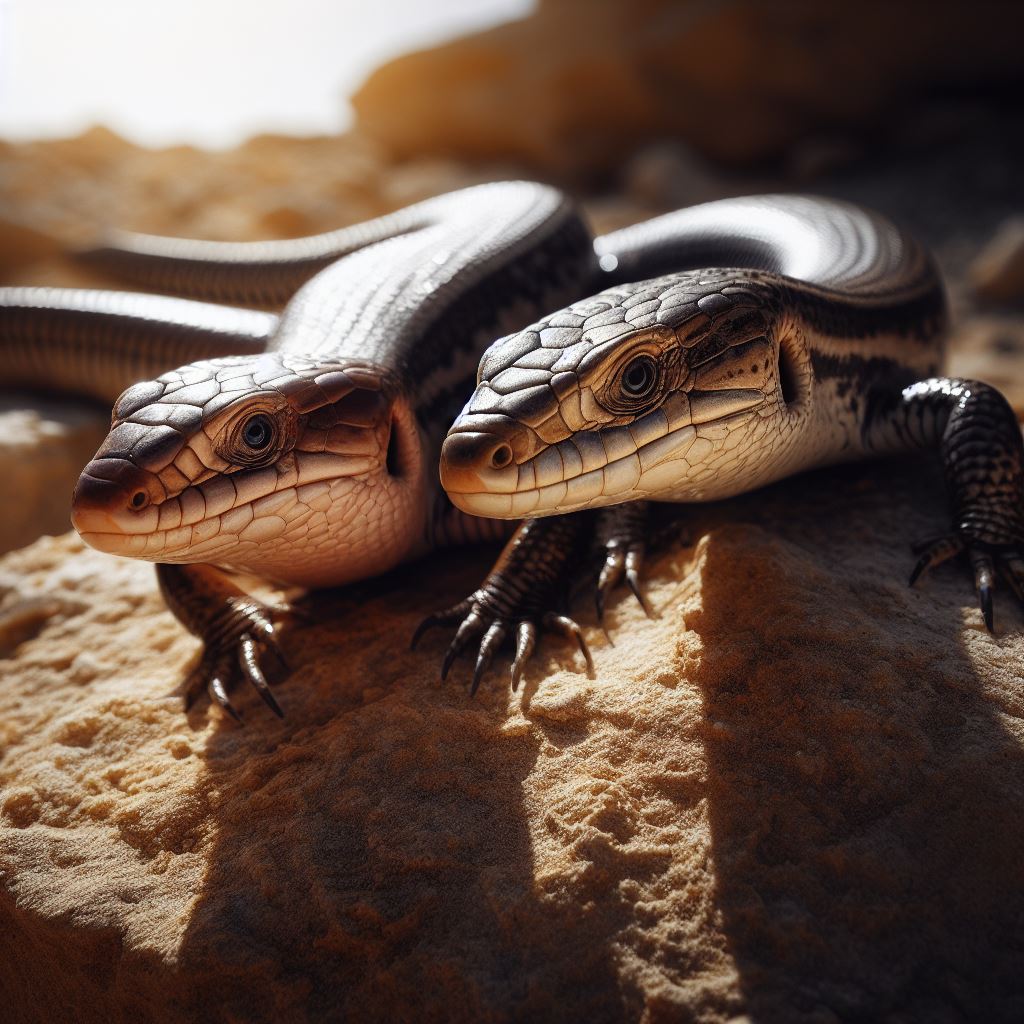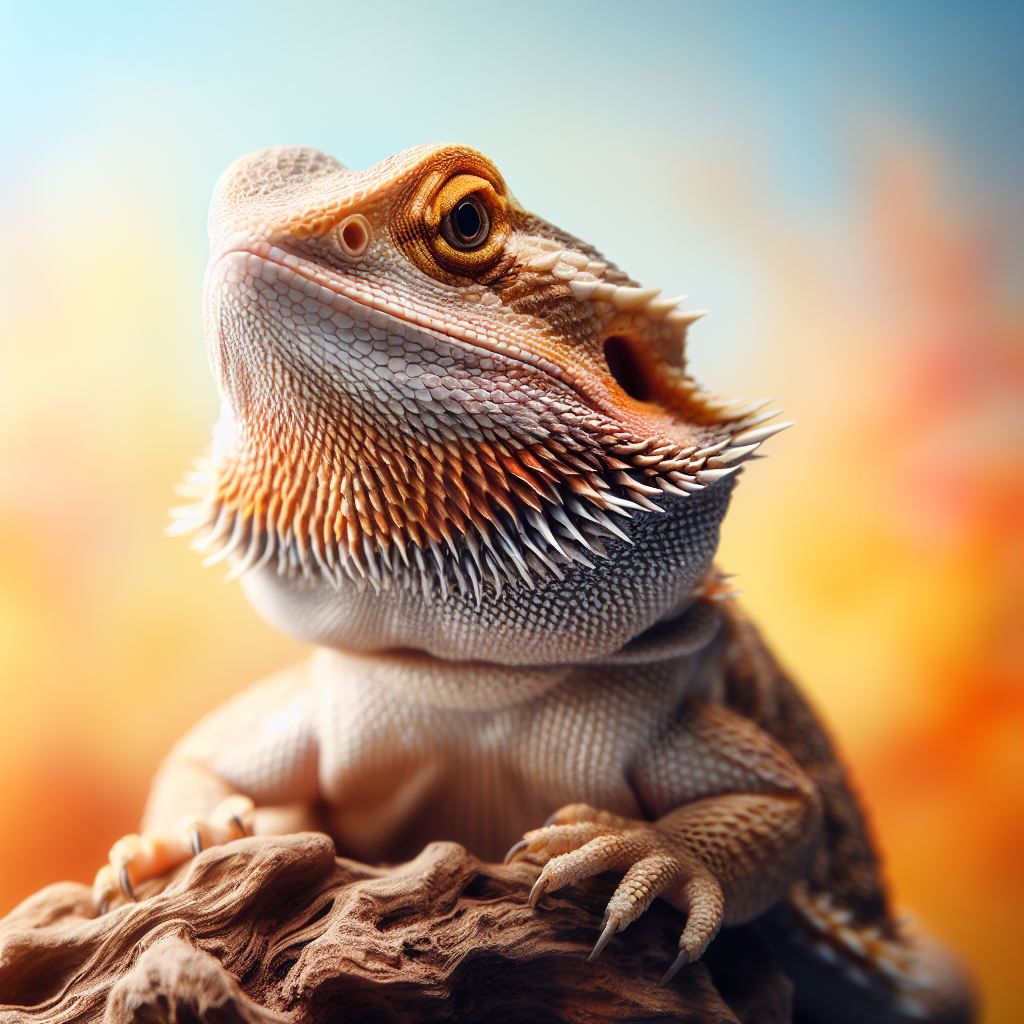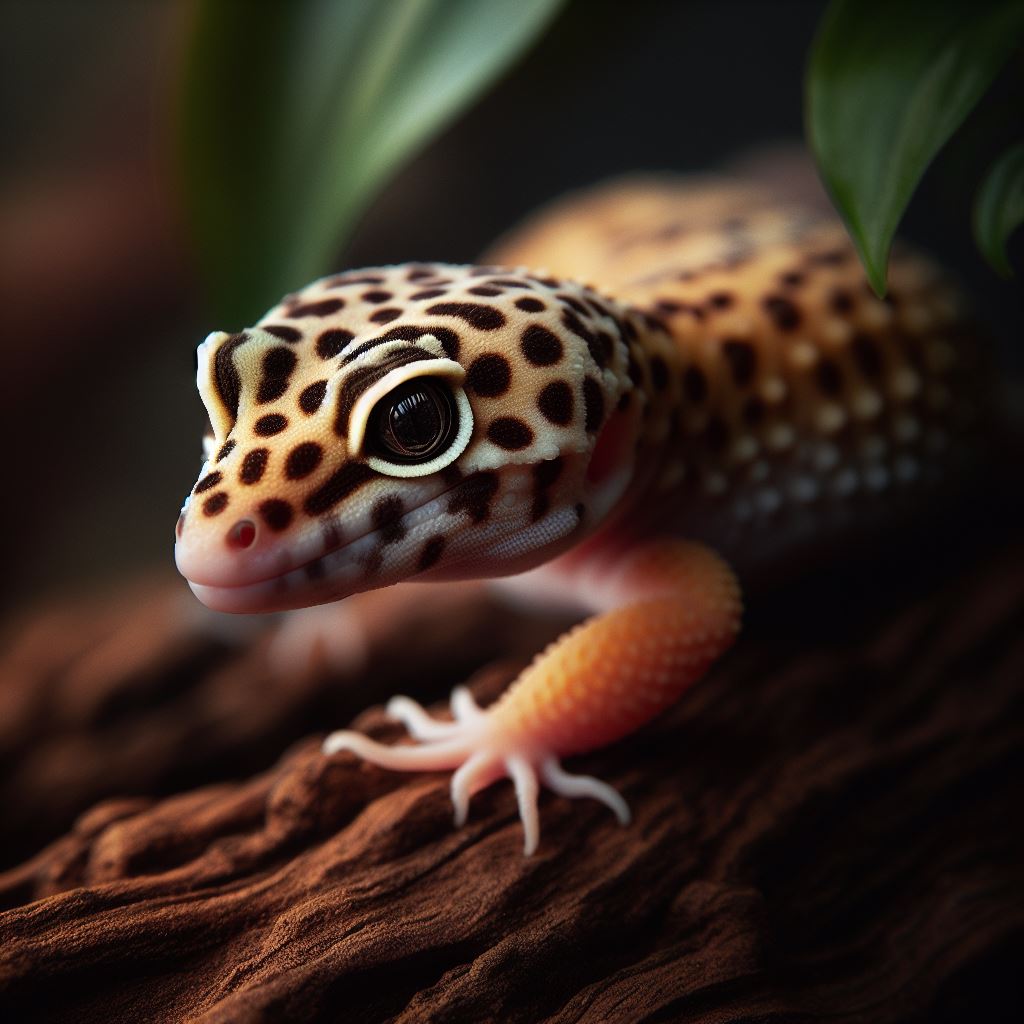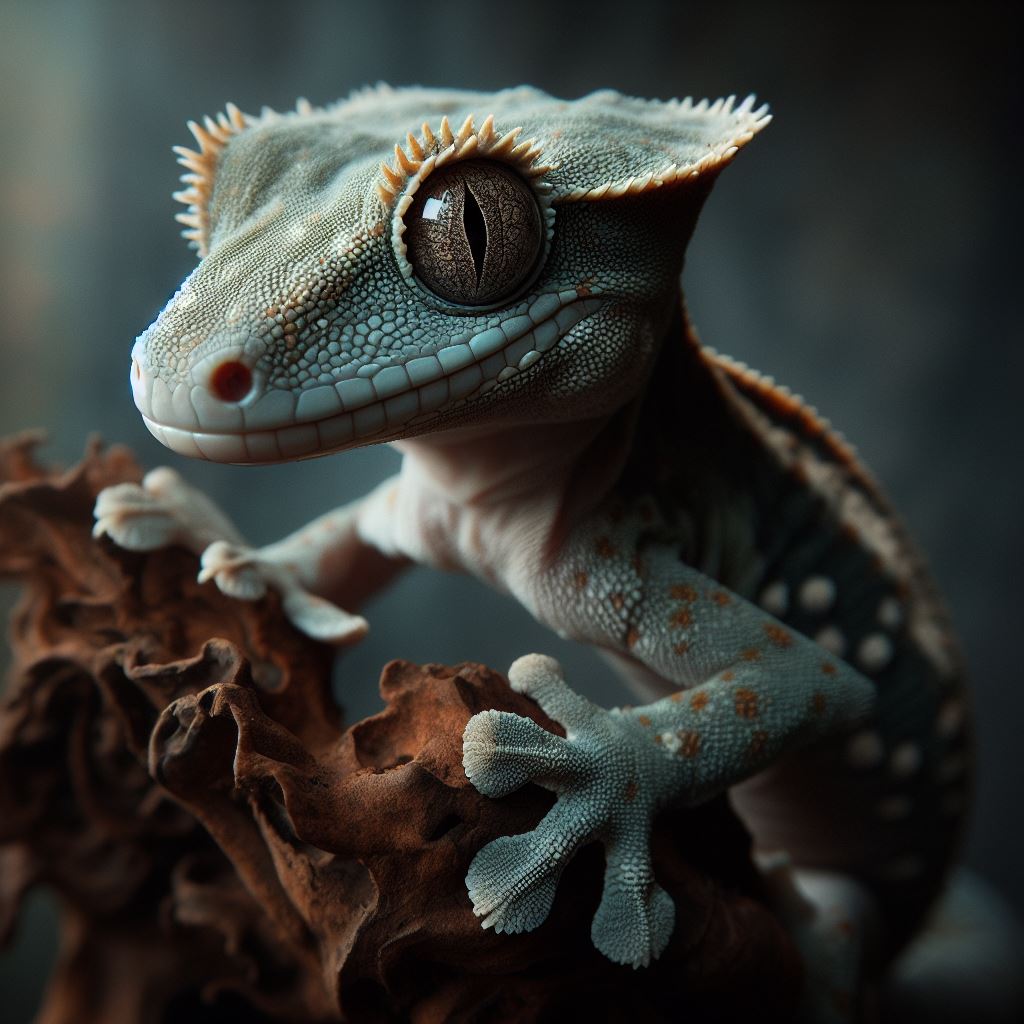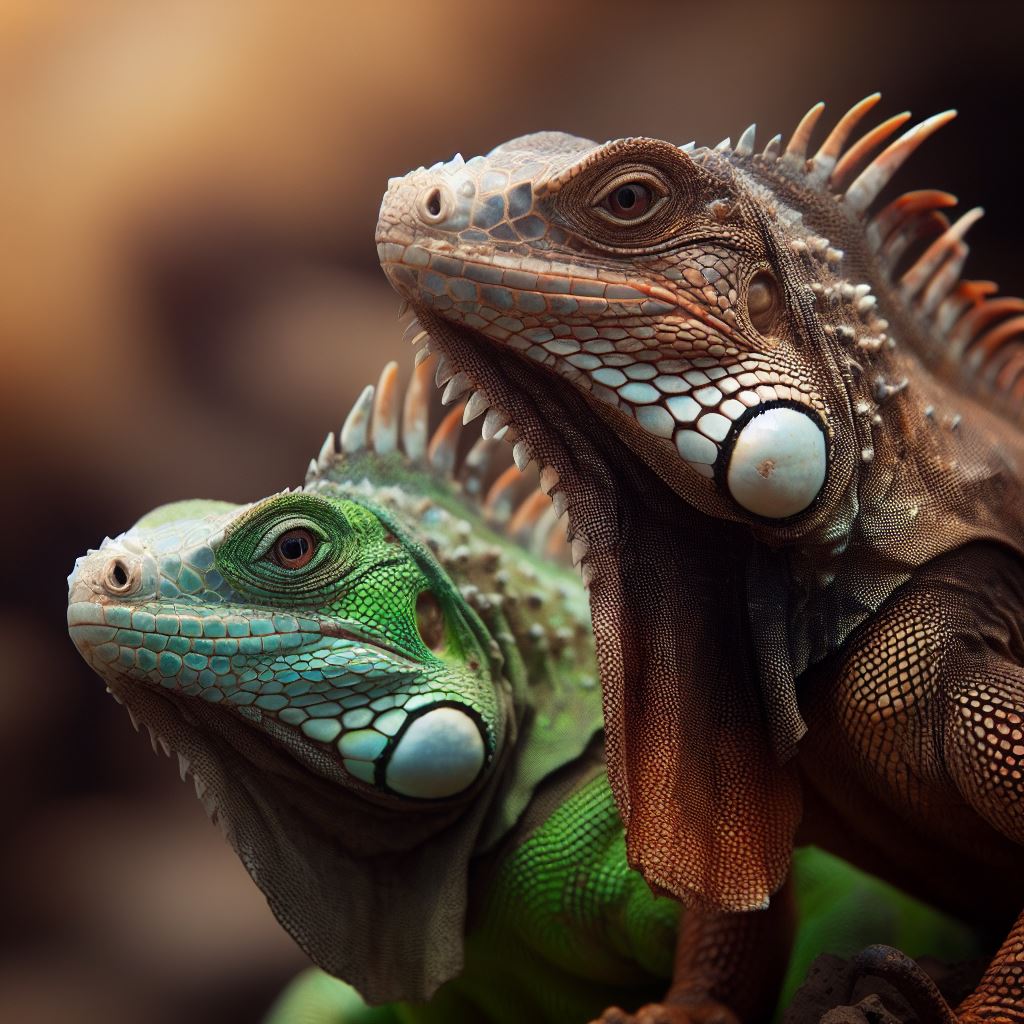In the fascinating realm of exotic pets, skinks emerge as enigmatic reptiles, captivating the curiosity of enthusiasts and novices alike. This guide serves as a beacon, illuminating the mysterious world of skinks, their captivating allure, and the profound joy they bring to the lives of those who choose to care for them.
Understanding Skinks
Anatomy and Unique Features of Skinks
Skinks, with their elongated bodies adorned in sleek, overlapping scales, possess a distinctive charm. Their scales, imbued with iridescence, create an entrancing play of light, reflecting the reptile’s elegance. Beneath these scales lie layers of complexity, housing a network of sensory organs finely tuned to their environment. Noteworthy is their autotomy abilities, enabling them to shed tails as a defense mechanism against predators, a marvel of evolutionary adaptation.
The Family Scincidae: A Dive into Skinks’ Taxonomy and Evolution
Nestled within the family Scincidae, skinks represent an ancient lineage of lizards, tracing their origins back millions of years. Exploring their taxonomy unveils a rich tapestry of species, each intricately woven into the fabric of their respective ecosystems. The evolutionary journey of skinks showcases nature’s meticulous craftsmanship, shaping them into the diverse forms we observe today.
Behavioral Traits: Insights into Skinks’ Natural Behavior
Skinks, despite their diminutive size, exhibit a repertoire of intriguing behaviors. Their meticulous sunbathing rituals, where they bask under the warmth of the sun’s rays, are a testament to their thermoregulatory prowess. Some skinks are arboreal, effortlessly navigating the heights of trees, while others, with nimbleness, explore the terrestrial terrain. Observing these behaviors provides a glimpse into the intricate lives led by these reptiles.
Skink Species
Blue-Tongued Skinks: Vibrant Tongues and Gentle Dispositions
Among the myriad skink species, the Blue-Tongued Skinks stand out, not only for their namesake azure tongues but also for their gentle demeanor. Their inquisitive eyes and slow, deliberate movements endear them to pet enthusiasts, making them a favored choice for those seeking companionship in the reptilian realm.
Five-Lined Skinks: Stripes, Agility, and Intriguing Personalities
The Five-Lined Skinks, adorned with stripes that serve as nature’s camouflage, exhibit remarkable agility. Their slender bodies allow them to slip through crevices effortlessly, showcasing a blend of grace and speed. Their personalities, often overlooked, are filled with curiosity, making them captivating creatures to observe.
Red-Eyed Crocodile Skinks: Prehistoric Charm and Striking Red Eyes
Red-Eyed Crocodile Skinks, named for their captivating crimson eyes, evoke images of prehistoric reptiles. Their semi-aquatic nature and striking appearance make them a delight for collectors. With a unique combination of terrestrial and aquatic habits, these skinks offer enthusiasts an opportunity to explore the intersection of land and water in their habitats.
Lesser-Known Skink Species: Exploring the Diversity
Beyond the well-known varieties, a treasure trove of lesser-known skink species exists. From the iridescent scales of the Fire Skink to the arboreal prowess of the Monkey-Tailed Skink, each species contributes to the tapestry of skink diversity. Exploring these lesser-known gems unveils nature’s boundless creativity.
Natural Habitat
Skinks Around the World: Habitats and Geographic Distribution
Skinks, true survivors, have adapted to diverse habitats across the globe. From the arid deserts of Australia to the lush rainforests of Southeast Asia, they have carved niches for themselves. Understanding their geographic distribution offers valuable insights into their adaptability and the delicate balance they maintain within their ecosystems.
Adapting Captivity: Creating a Naturalistic Environment
Recreating the natural habitat within captive environments is paramount for the well-being of skinks. Enclosures adorned with live plants, basking spots emulating the sun’s warmth, and hiding places mirroring the shelter of rocks and foliage provide a sense of security. These carefully crafted environments allow skinks to express their natural behaviors, promoting physical and mental health.
Importance of Temperature, Humidity, and Lighting in Enclosures
Temperature, humidity, and lighting constitute the trifecta of vital elements in skink husbandry. Maintaining precise temperature gradients within enclosures ensures skinks can regulate their body temperatures effectively. Humidity levels, mimicking their native habitats, support proper shedding and respiratory health. Additionally, providing full-spectrum lighting not only illuminates their enclosures but also stimulates essential physiological processes, promoting overall vitality.
Feeding Habits
Omnivorous Delights: Skinks’ Varied Diet of Insects, Fruits, and Vegetables
Skinks, as omnivores, relish a diverse menu. Insects like crickets and mealworms offer essential proteins, while fruits and vegetables contribute vital vitamins and minerals. The culinary variety mirrors their natural diet, ensuring they receive a balanced nutrition profile. Observing them as they forage and hunt provides enthusiasts with a glimpse into their wild instincts.
Crafting a Balanced Diet: Food Options and Nutrition Requirements
Crafting a balanced diet involves meticulous planning, incorporating a medley of insects like roaches, silkworms, and beetles. Leafy greens and fruits, rich in calcium and vitamins, are essential for their overall health. Calcium supplements, crucial for skeletal health, prevent metabolic bone diseases. Attention to portion sizes and dietary diversity is key to preventing nutritional deficiencies.
Establishing a Feeding Schedule: Ensuring Optimal Health
Establishing a regular feeding schedule is akin to orchestrating a symphony of sustenance. Consistency fosters a sense of security, allowing skinks to anticipate meals. Observing their feeding patterns and adjusting portion sizes in response to their appetites ensures they receive adequate nourishment. Regular monitoring of their weight and overall health indicators is essential, guiding adjustments to the feeding regimen.
Keeping Skinks as Pets
Choosing the Right Skink: Tips for Selecting a Healthy Companion
Selecting a skink is a delicate process, akin to choosing a lifelong friend. Vibrant eyes, clear skin, and an alert demeanor indicate good health. Adept breeders, with a focus on ethical practices, provide skinks free from diseases and stress. Researching specific species and understanding their unique requirements assists in making informed decisions, ensuring a harmonious bond between pet and owner.
Setting Up the Perfect Enclosure: Tank Size, Substrate, and Hiding Spots
Crafting a skink-friendly environment involves meticulous attention to detail. Optimal tank size, providing ample room for exploration, is essential. Substrates, such as coconut coir or cypress mulch, mimic the forest floor, promoting natural digging behaviors. Hiding spots, strategically placed, offer sanctuaries for skinks to retreat, reducing stress and fostering a sense of security.
The Right Atmosphere: Heating Elements and Lighting Considerations
Maintaining the right atmosphere is an art, achieved through precision. Heating elements, like ceramic heat emitters and heat pads, create temperature gradients within the enclosure. Proper lighting, incorporating UVB bulbs, not only illuminates but also facilitates calcium absorption, preventing debilitating ailments. The careful balance of warmth and illumination mirrors the skinks’ native habitats, promoting vitality and natural behaviors.
Veterinary Care: Regular Check-ups and Health Maintenance
Veterinary care is the cornerstone of responsible pet ownership. Regular check-ups with reptile-savvy veterinarians identify potential health concerns early. Preventative measures, such as parasite screenings and vaccinations, safeguard skinks from ailments. Monitoring weight, skin condition, and behavior aids in the swift detection of deviations, ensuring prompt medical intervention. Educated pet owners actively participate in their skinks’ health, forming a partnership with veterinarians.
Understanding Skink Temperaments: Best Practices for Interaction
Understanding skink temperaments deepens the bond between pet and owner. Respectful interaction, allowing skinks to initiate contact, builds trust. Observing their body language, recognizing signs of stress, and respecting their boundaries foster a sense of security. Gentle handling, avoiding sudden movements, and creating a calm environment during interactions enhance the skink’s confidence, transforming interactions into enriching experiences.
Why Skinks Are Popular
The Appeal of Docility: Skinks’ Gentle Nature and Temperament
Skinks’ docility is a cornerstone of their popularity. Their calm demeanor, devoid of aggression, makes them approachable companions. Their ability to acclimate to human presence, coupled with a curious but non-threatening disposition, endears them to families and individuals alike. The joy of gentle caresses and shared quiet moments forms the foundation of a fulfilling bond.
Artistry in Patterns: Admiring Skinks’ Intriguing Aesthetics
Nature’s brushstrokes adorn this lizars with intricate patterns, resembling miniature masterpieces. From delicate speckles to bold stripes, their designs captivate the eye. The diversity of colors, ranging from earthy browns to vibrant oranges, showcases nature’s artistry. Observing these patterns, often reminiscent of ancient hieroglyphs, evokes a sense of wonder, reminding enthusiasts of the boundless creativity embedded in the natural world.
Interactive Companions: Skinks as Suitable Pets for Families and Individuals
Skinks, with their interactive nature, bridge the gap between humans and the wild. Their inquisitive exploration of enclosures, coupled with their response to gentle stimuli, fosters a sense of shared engagement. Families delight in observing skinks’ playful antics, transforming homes into lively ecosystems. For individuals seeking companionship, skinks offer a unique bond, evoking a sense of companionship that transcends conventional pet-owner relationships.
Thriving Under Care: Skinks’ Adaptability to Domestic Settings
Skinks, adaptable beings, thrive under proper care, transforming captive settings into habitats where they flourish. Their resilience, coupled with the dedication of pet enthusiasts, results in thriving lizards, displaying vibrant health and contentment. This adaptability underscores the importance of responsible pet ownership, emphasizing the significance of understanding and meeting their needs.
Conclusion
In the tapestry of responsible pet ownership, skinks emerge as not just pets, but companions illuminating lives with their presence. The commitment to their well-being is a pledge to uphold the marvels of nature, fostering their existence in harmony with humanity. As we delve into the intricacies of skink care, we embark on a journey of enrichment, discovering the profound joy of nurturing these enigmatic reptiles. In the embrace of proper care, skinks flourish, becoming testaments to the transformative power of compassionate companionship.

